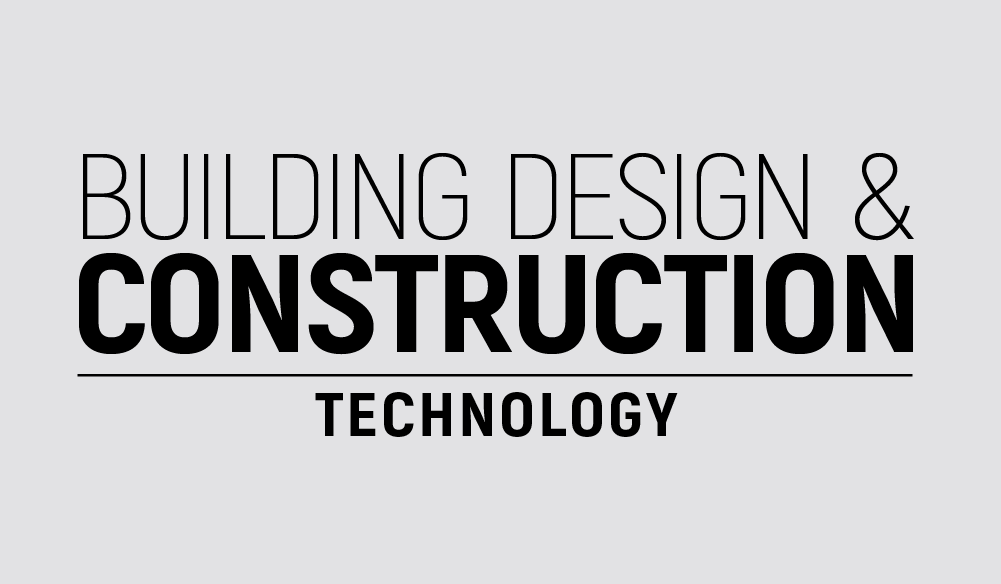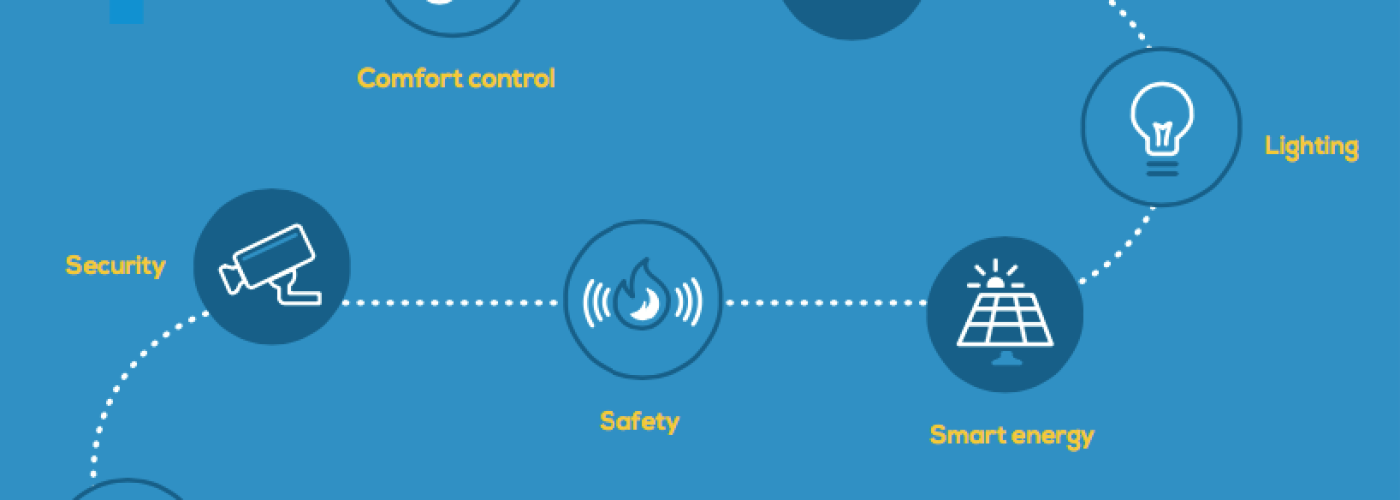Do people want a smart box that can physically control everything in their homes? We posed this question to consumers for the first time, back in 2004.
Being a home automation company in the Netherlands and coming from a background of technology development and IoT enthusiasm, we pioneered remote controlling devices, smart lighting and assisted living, even back then.
Now remember, this was years before the iPhone was introduced. Touchscreens had only just started popping up.
Even though all of these things were already possible, our ambitious plan to “conquer the world” didn’t quite take off in the way we had expected.
Why? It turns out that people didn’t want a mysterious box with the potential to control fully their home. They simply weren’t ready for that concept because they didn’t understand it.
Years later, in 2012, the realization of what people actually wanted came when we partnered with a forward-thinking and leading Dutch energy company, Eneco.
They realized that the energy world is changing and that we have to transition from a central to a decentralized system. From a world with central energy production and delivery over a grid to people’s homes, to a reality where people are generating their own, sustainable energy and using a smart grid.
In this new world, they needed a new business model. They wanted to shift from a traditional supply of energy to a new service model, one that could help them connect with their customers and drastically reduce churn.
The smart thermostat we were developing provided just that. From a smart box concept in 2004, it developed into a new self-learning smart thermostat that incorporated all the features of the original product, but added one big new advantage: an attractive smart energy display.
This suddenly provided a new foothold into the smart home market, allowing multiple features to be introduced to the screen.
It helped to transform the concept of a smart thermostat intended for a niche and ‘geeky’ audience into a mass energy-saving solution.
Now, over 200,000 people have embraced this smart home proposition branded as ‘Toon’ by Eneco in their homes in the Netherlands, putting our product in the top three smart thermostats in Europe.
The case for smart thermostats to provide a platform to the smart home became apparent, as sales continued to grow and we decided to build new features and services on top of our platform quickly after that.
For instance, we connected smart plugs to our smart thermostat, so that consumers can control their lighting and devices and gain unique insights into their usage on a device level.
We also introduced a smoke detection feature that builds on a wireless smoke detector and alerts Eneco’s customers when there is a fire in their homes.
These are just a few of the many examples and opportunities that the platform offers. But there are more.
Indeed, Quby sees the potential for many features to come:
Smarter energy with storage and boiler management
Eneco recently partnered with Tesla to sell their home energy storage solution called the “Powerwall”. We are currently developing new insight features for their solution on our smart thermostat.
But not long before that, their user base was delighted to see a solar monitoring feature. This allows them to see how much energy they are generating, consuming and delivering back to the grid.
The consumer thereby gains insight if they are on track to generate returns on their investment.
Another recent introduction was a new boiler management service, allowing for maintenance of the boiler based on predictive analysis that shows the decreased performance of the boiler before it breaks down.
These are just a few examples of the smart energy solutions that enable people worldwide to play an active role in the energy transition.
Instead of shying away from these concepts because it threatens the traditional energy company’s position, Eneco decided to build their business around it.
Insight into energy consumption and appliances
The visual display of our device presents insightful details of the energy consumption of the user, showing hourly, daily, weekly and monthly usage of gas and electricity. This even allows for benchmarking with neighbours and friends.
Additional features coach the user into understanding what’s happening in their home and to see where they can reduce both their usage and cut their bill.
With the extension of a smart plug, they can now see how much energy usage individual appliances account for, and easily spot ‘energy hogs’ in their home.
Beyond these features, our research and development team are also exploring ‘home health’ uses by adding sensors for air quality and other detection that will offer people even more insight.
Leveraging third party creativity with API’s
Because our platform offers open API’s, it opens up a world of opportunities by leveraging creativity from third party developers who are able to develop new consumer services and even connect new hardware from third parties.
A possible area of innovation could relate to people’s health and assisted living services could become a logical next step.
This means helping the elderly lead fulfilling and active lives, while their loved ones are in the loop and able to remotely monitor their safety.
Privacy and safety
In all this, there is the question of privacy and safety, which we take extremely seriously. We have the infrastructure and policies to match this.
The data of the end-user is stored on the device and it only leaves the thermostat if the end-user says so.
As you can see in Quby’s roadmap of new features, the possibilities are endless and we are continuously building towards the connected home of the future.
We’ve learnt that these concepts simply cannot be introduced all at once, especially when developing products and services for a mass market.
They have to be introduced gradually as an extension to a service that people are familiar with and understand, and in a way that makes sense to them. That can only be done if you start from a position of trust.
By Ronald Carpentier, Chief Commercial Officer of Quby.





